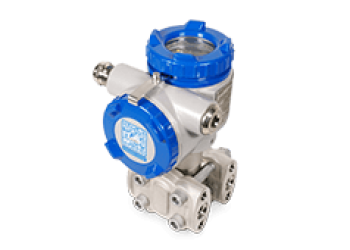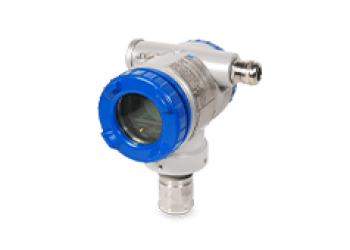Hydrogenpressure transmitters is used in a number of different applications. Common uses include fuel cells, H2 gas monitoring and automotive applications. Hydrogen pressure transmitters are essential for these applications, as they measure the pressure of hydrogen gas. Reliable information from pressure transmitter is needed to ensure that the system is operating correctly and to prevent critical problems.
Hydrogen is used to power both space shuttle rockets and hydrogen-powered vehicles.
Hydrogen can be used to generate electricity or heat using a hydrogen fuel cell.
Hydrogen also helps reduce carbon dioxide emissions when burned with oxygen to produce water.
Hydrogen is regularly used in thechemical industry. Hydrogen can be used to make ammonia for fertilizers and also to make methanol for vehicles.
Hydrogen is also used by theoil industry to reduce the viscosity of crude oil during transportation.
In the nuclear industry, hydrogen can accumulate in the nuclear reactor as a result of chemical reactions with metal and water.
Hydrogen is used in steel and metal fabrication. Hydrogen gas is also used in nickel metal processing to form Niadrohydroxide, a catalyst used to produce the high-purity nickel required by the Mond process.
Hydrogen is also commonly used inhydrogenation, for example to transform vegetable oils into margarine and to produce methanol, hydrocarbons and more complex chemicals.
The control and monitoring of these processes by pressure transmitter is essential to guarantee the safety and optimum operation of these hydrogen transport and storage facilities.









